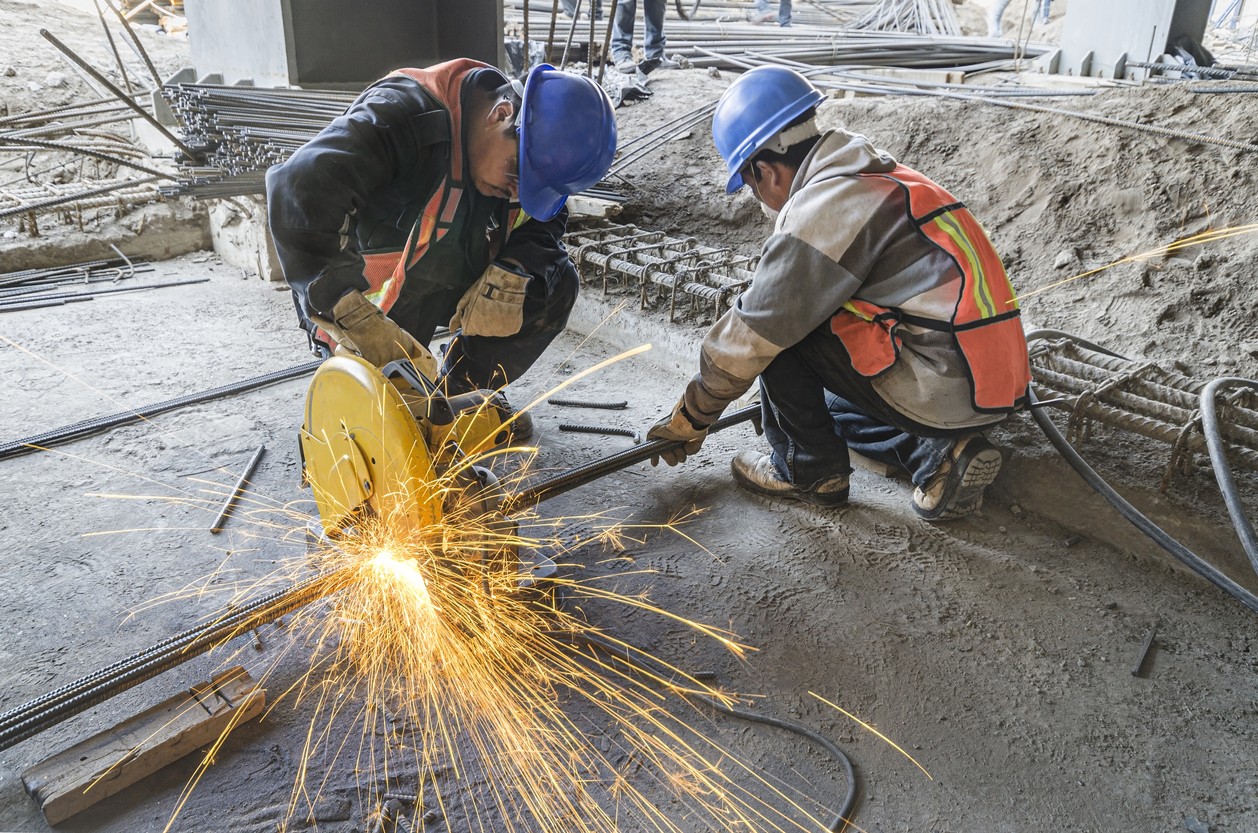Builder’s risk insurance offers many advantages to homeowners, builders, and developers. They provide coverage against potential liabilities that may arise during every stage of the construction process. In many ways, Commercial Builder’s Risk Package NY addresses shortcomings of other policies that property owners typically obtain, such as homeowners insurance.
But like all insurance plans, builder’s risk insurance comes with some inherent risks and challenges. Many of these stem from the fact that its coverage differs considerably from other insurance plans. Consequently, those who would benefit the most from this type of insurance often aren’t clear about what it entails.
Key characteristics of builder’s risk insurance
One of the main differences between builder’s risk insurance and other types of insurance is the range of its coverage. Buying builder’s risk essentially covers the policyholder and the owner of the completed structure and the general contractor and all subcontractors.
This type of all-risk policy is relatively rare in the industry. No other insurance program relevant to the construction industry covers standalone construction projects and entire project portfolios. Builder’s risk insurance even covers the material used in the project, both before and after they are installed.
Builder’s risk insurance generally consists of two distinct parts: property damage and completion or start-up delay. This is similar to the coverage provided against the interruption of business, but it takes effect on the projected completion date when the loss occurred.
The proceeds from builder’s risk insurance can be used to cover a wide range of costs and expenditures. Among these are gross profits, lost rental revenue, debt services, and other continuing expenses.
Factors that affect builder’s risk insurance
Like all insurance plans, many factors can affect builder’s risk insurance and how much it will ultimately cost the policyholder. Accounting for these factors is one of the most significant challenges associated with this type of insurance.
The location of the construction project is one such factor. Apart from regulatory variables, location also affects the risk of natural disasters, including fire, floods, and earthquakes.
Location also plays a significant role in determining what type of construction will be undertaken. This, in turn, could affect the decisions about which materials are safest and most appropriate to the project.
For example, structures built in flood-prone areas will have to utilize wood that won’t crack or expand too easily when subjected to moisture. On the other hand, in areas with a high likelihood of brush fires, less combustible materials are preferable.
The professional history of the contractor also has some bearing on builder’s risk insurance. Insurers typically assess previous performance, including builder’s risk and construction defect claims.
Ensuring that details aren’t overlooked
A common issue among policyholders is neglecting the details of builder’s risk insurance. There are many cases wherein items classified as ‘soft costs’ are overlooked for coverage. These typically include onsite storage, leased equipment, and scaffolding. Oftentimes, policyholders don’t even realize that these aren’t covered in the plan until a loss occurs.
These challenges often stem from a misunderstanding of the terms of the plan. Some policyholders may also be unaware of the extent of coverage provided due to negligence in reading the contract terms.
It’s estimated that these issues occur in about 12.5% of all construction projects in the United States. One of the most common causes is tight project timelines, which often leaves little opportunity to thoroughly pore through the insurance documents.
Challenges related to repurposing structures
Another challenge faced by many builders is insuring the repurposing of existing structures. Although reworking a house or apartment complex can be preferable to building one from scratch, doing so opens up a host of new problems. Instead of saving money by repurposing, many builders find it even more complicated to get insurance for such projects.
Deciding who buys builder’s risk insurance
Issues also often arise concerning who has to buy builder’s risk insurance. Some feel that it is the contractor’s responsibility to purchase insurance, while others insist that the property owner bear the cost.
There are actually pros and cons to each side. Contractors generally have much more experience in construction matters than property owners, many of who are seldom involved in such projects. On the other hand, builder’s risk insurance might be better suited to property owners due to their financial stake in the project.
As you can see, builder’s risk insurance is rarely a straightforward matter. There are many factors to consider if you are to surmount the inherent challenges and obstacles. Even so, getting adequate coverage could be essential for the successful completion of the project.
About Snyder Specialty
Snyder Specialty, LLC is a New York-based underwriting facility that provides a range of property and liability solutions for personal and commercial lines. Specializing in coastal properties and hard-to-place risks, Snyder Specialty expands your current capabilities with proven solutions for complex risks. Find out more about the company’s range of services by calling (718) 362-8039.



